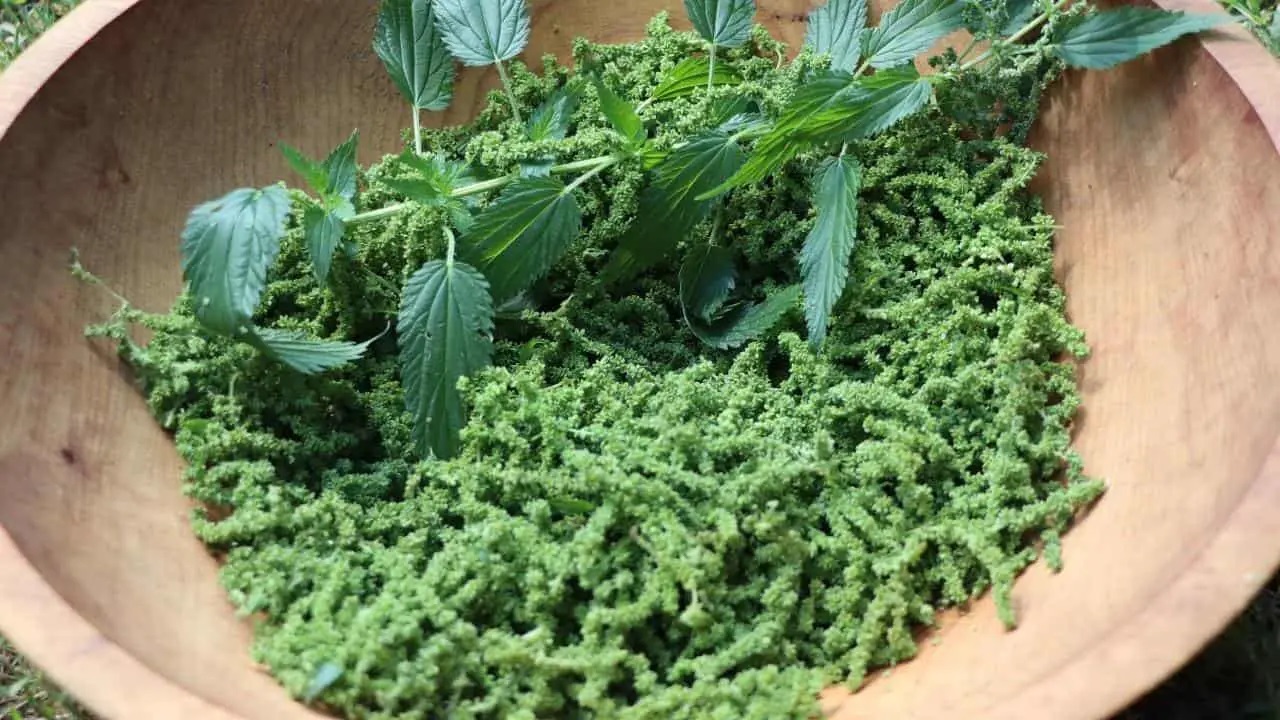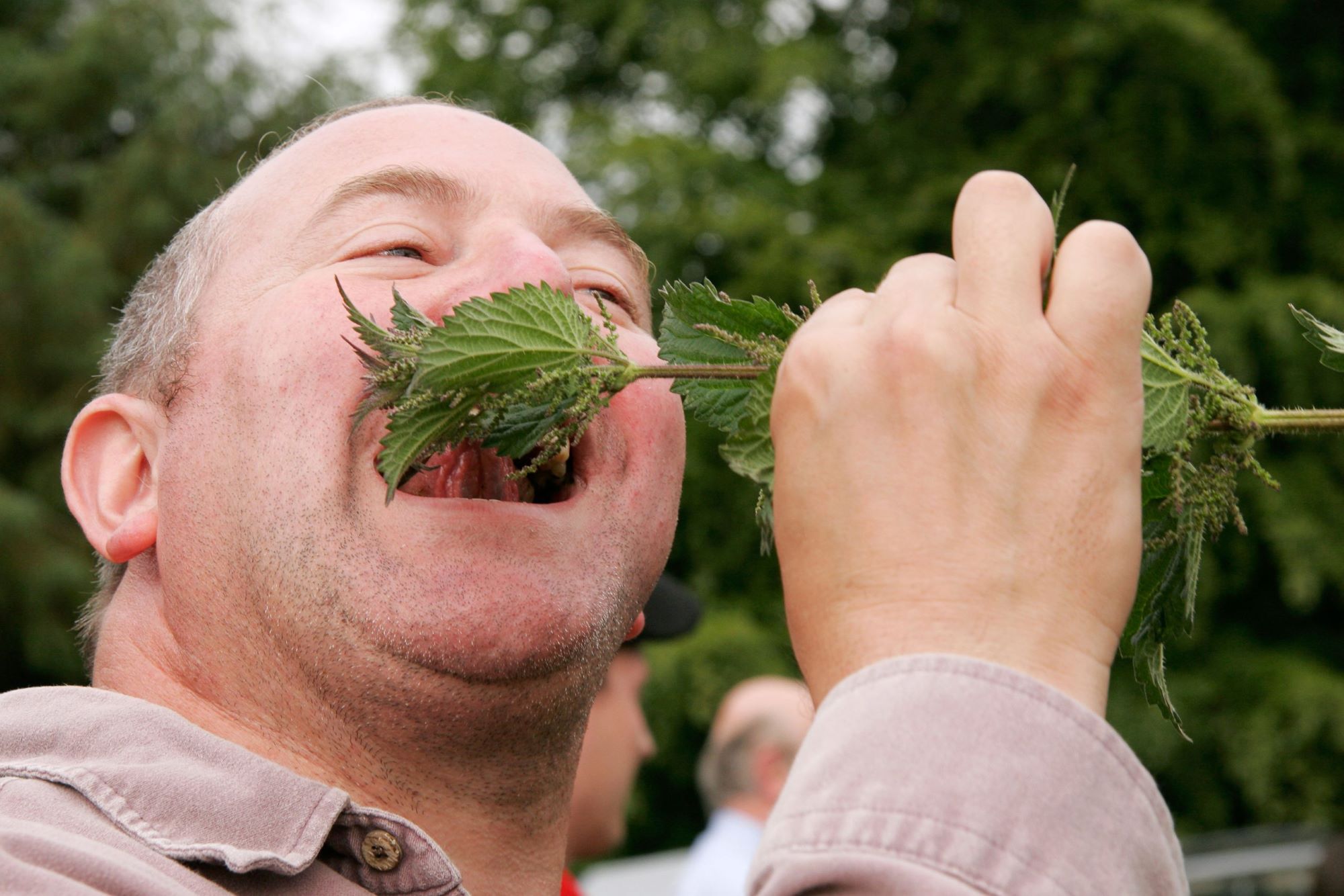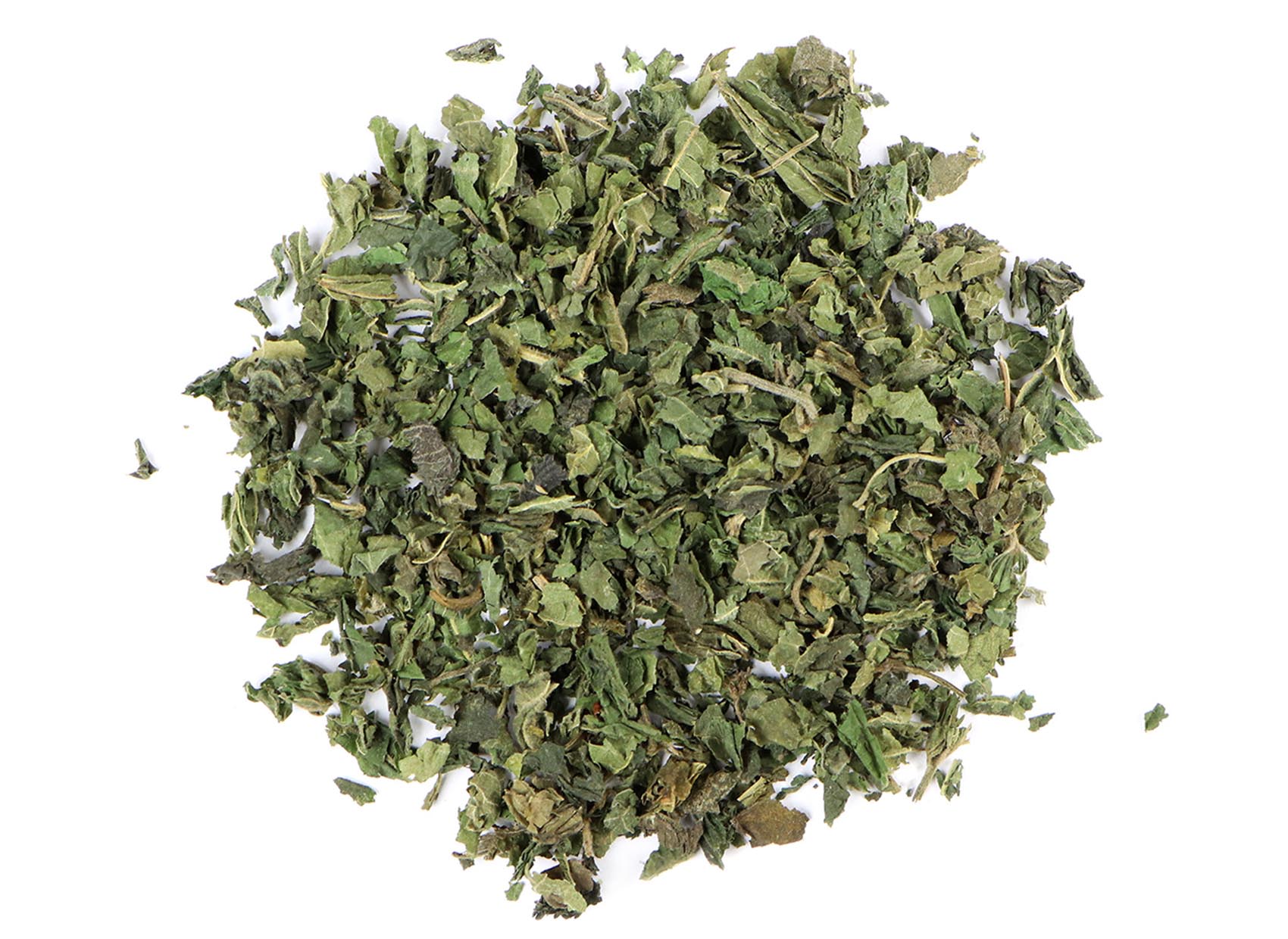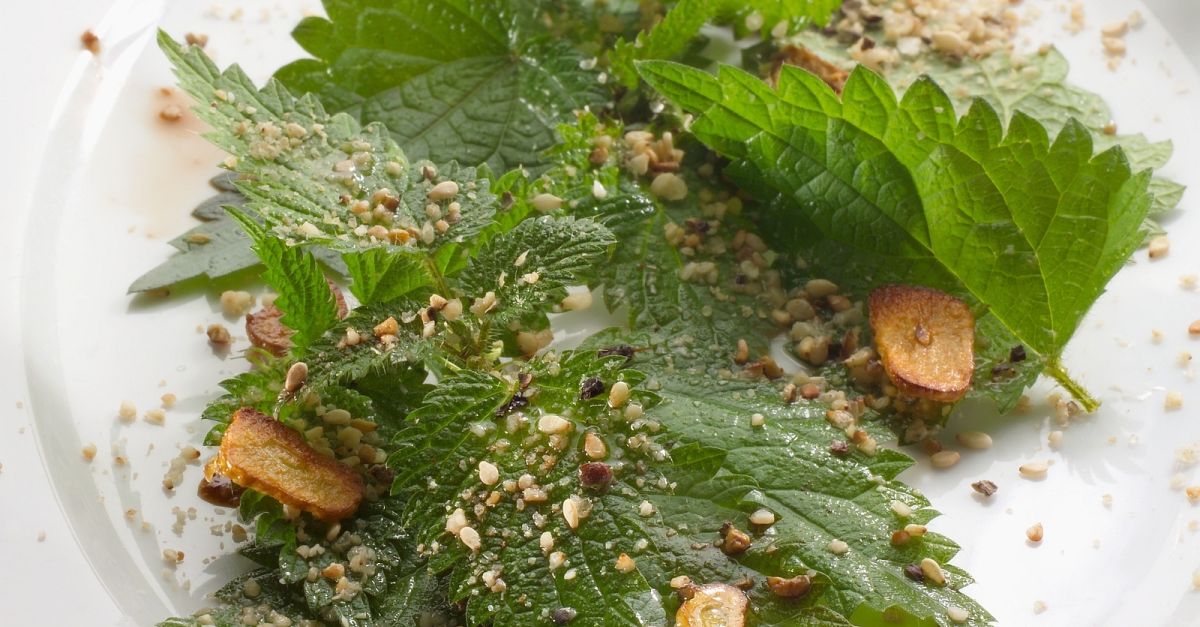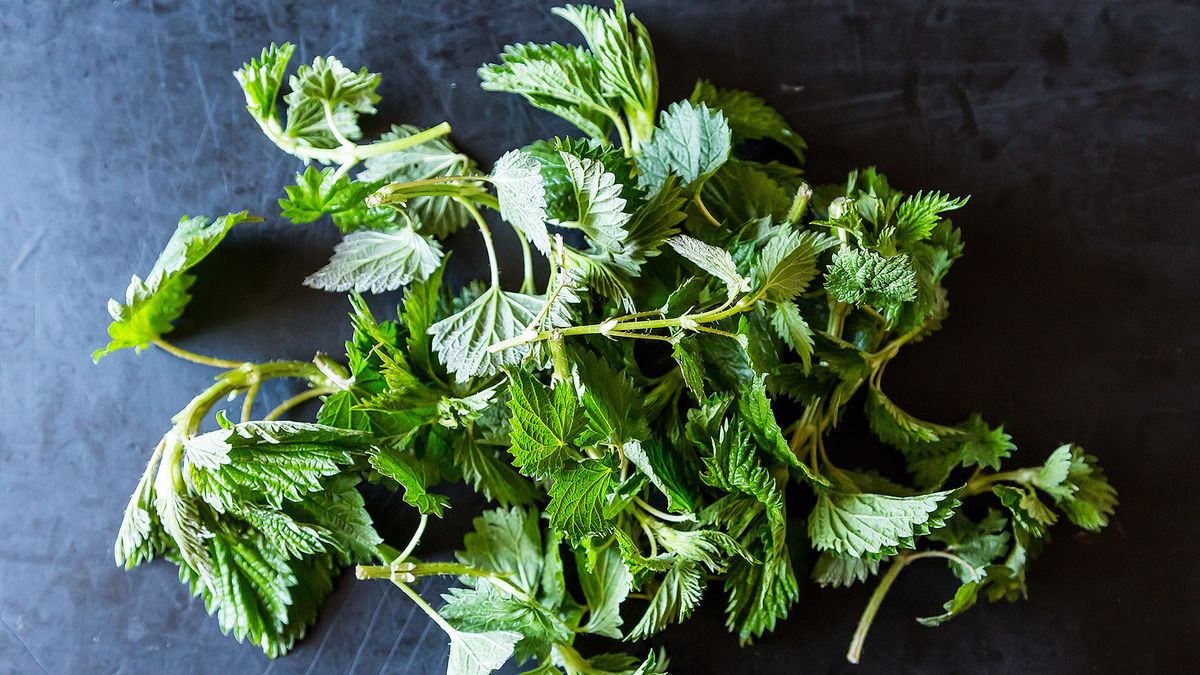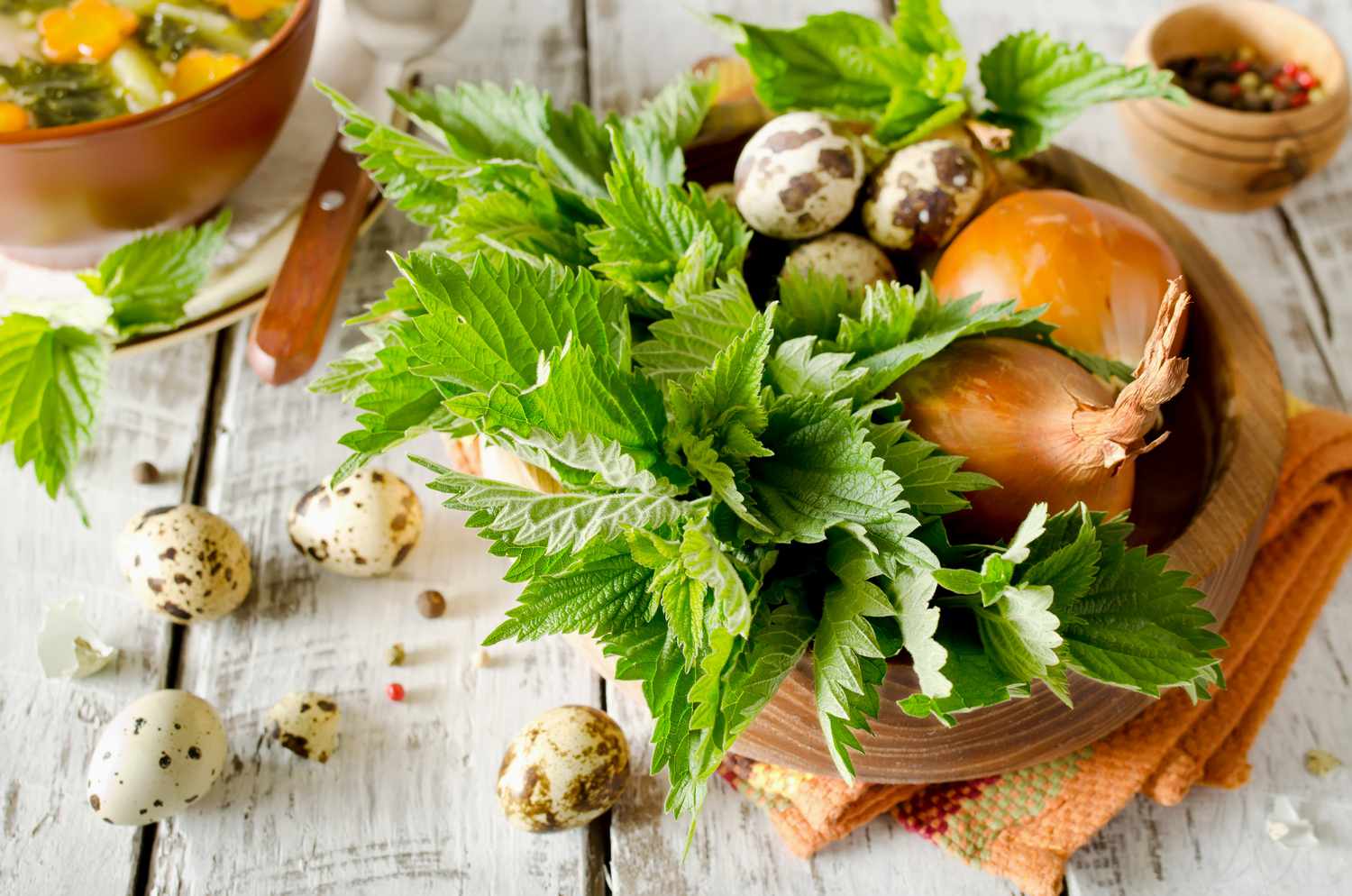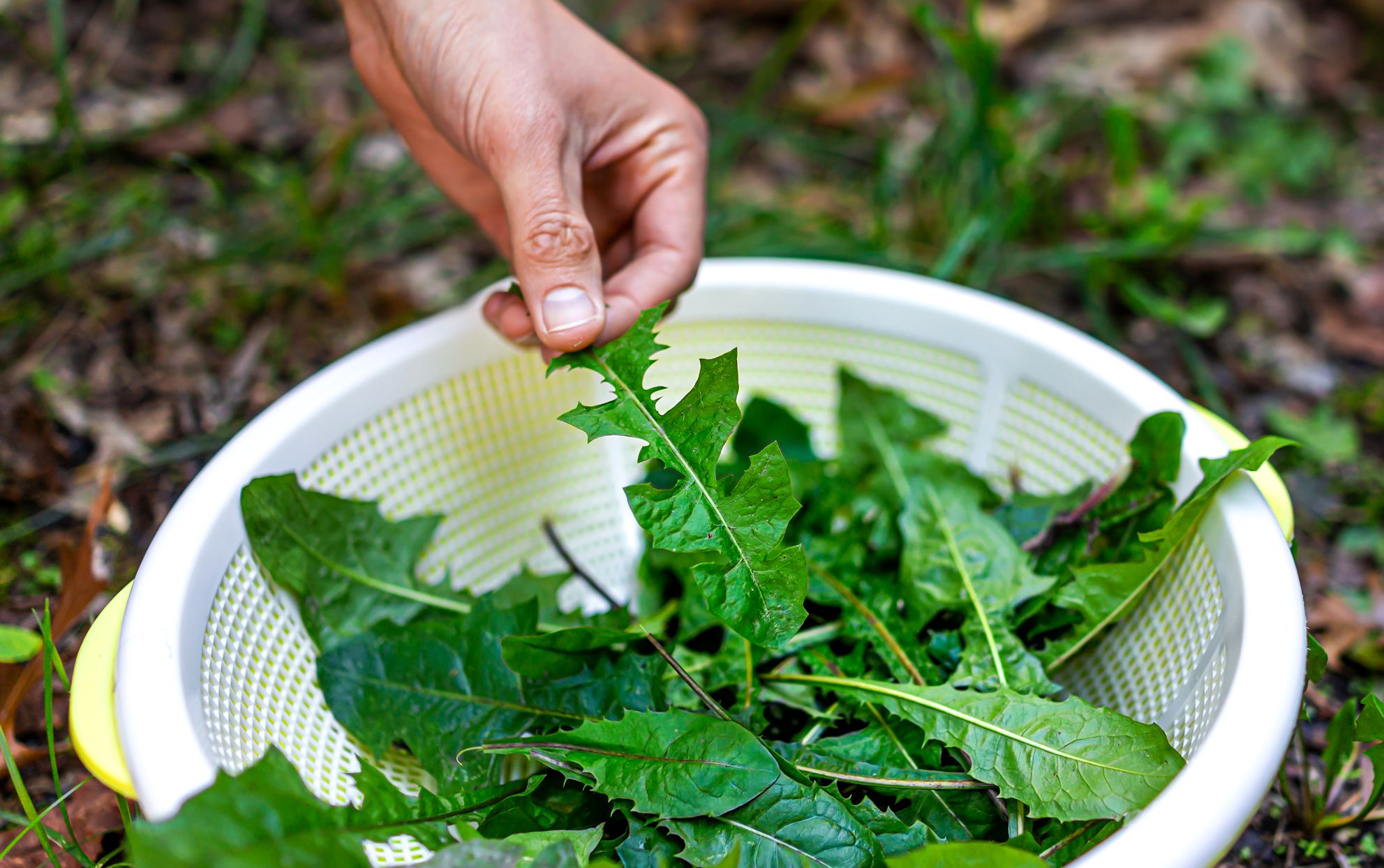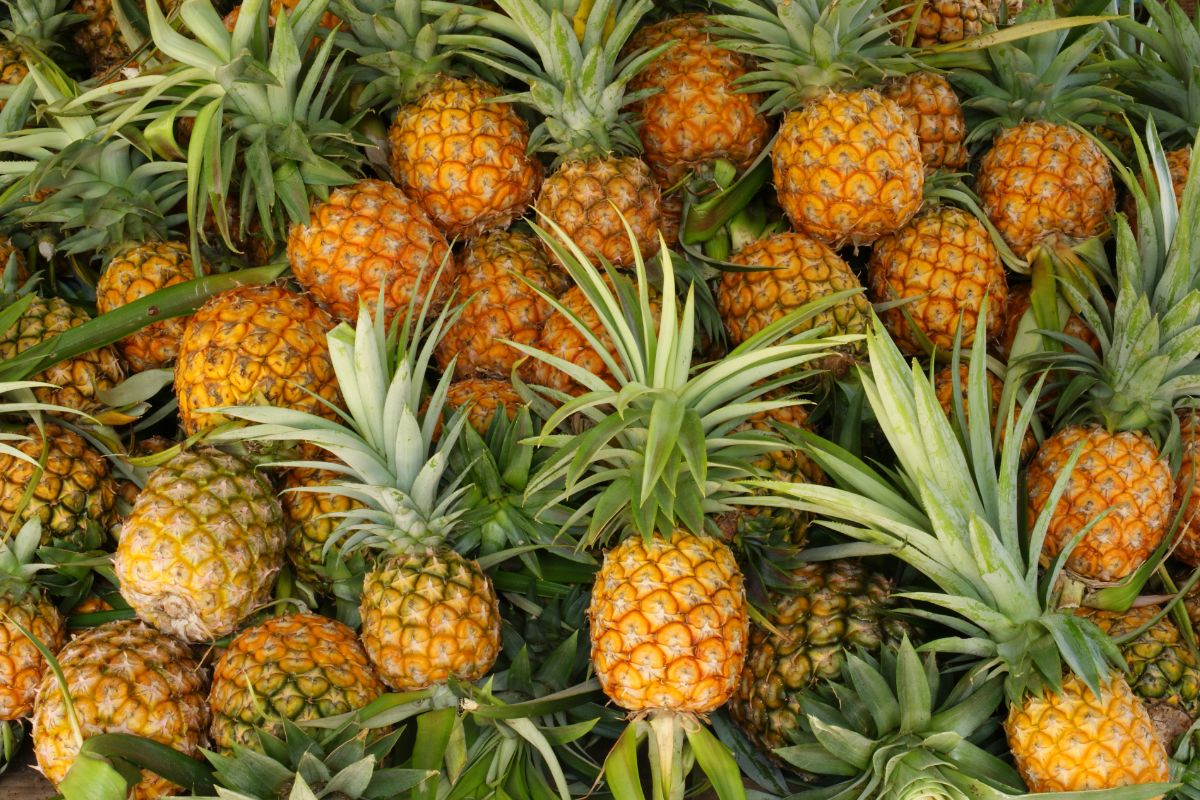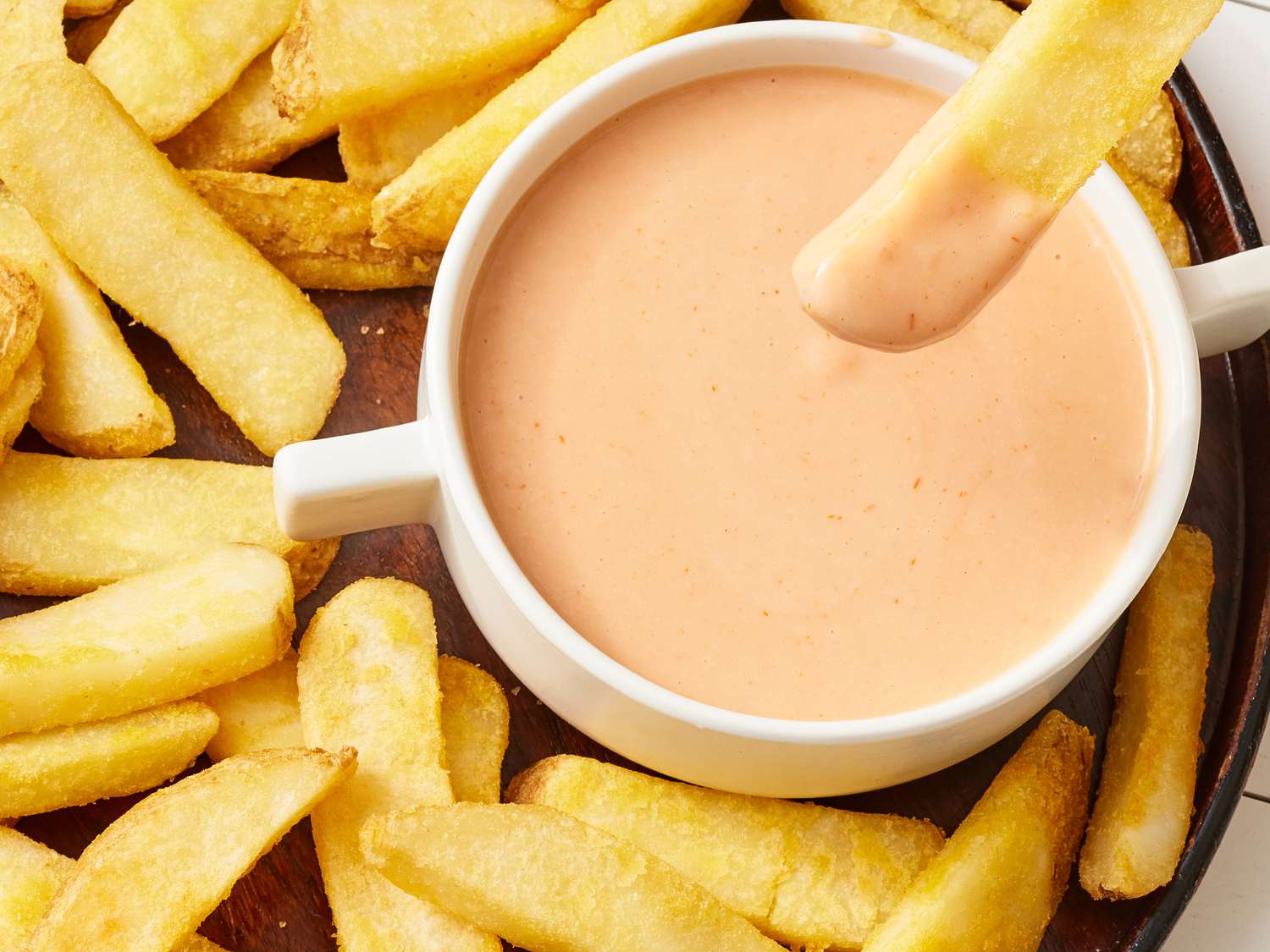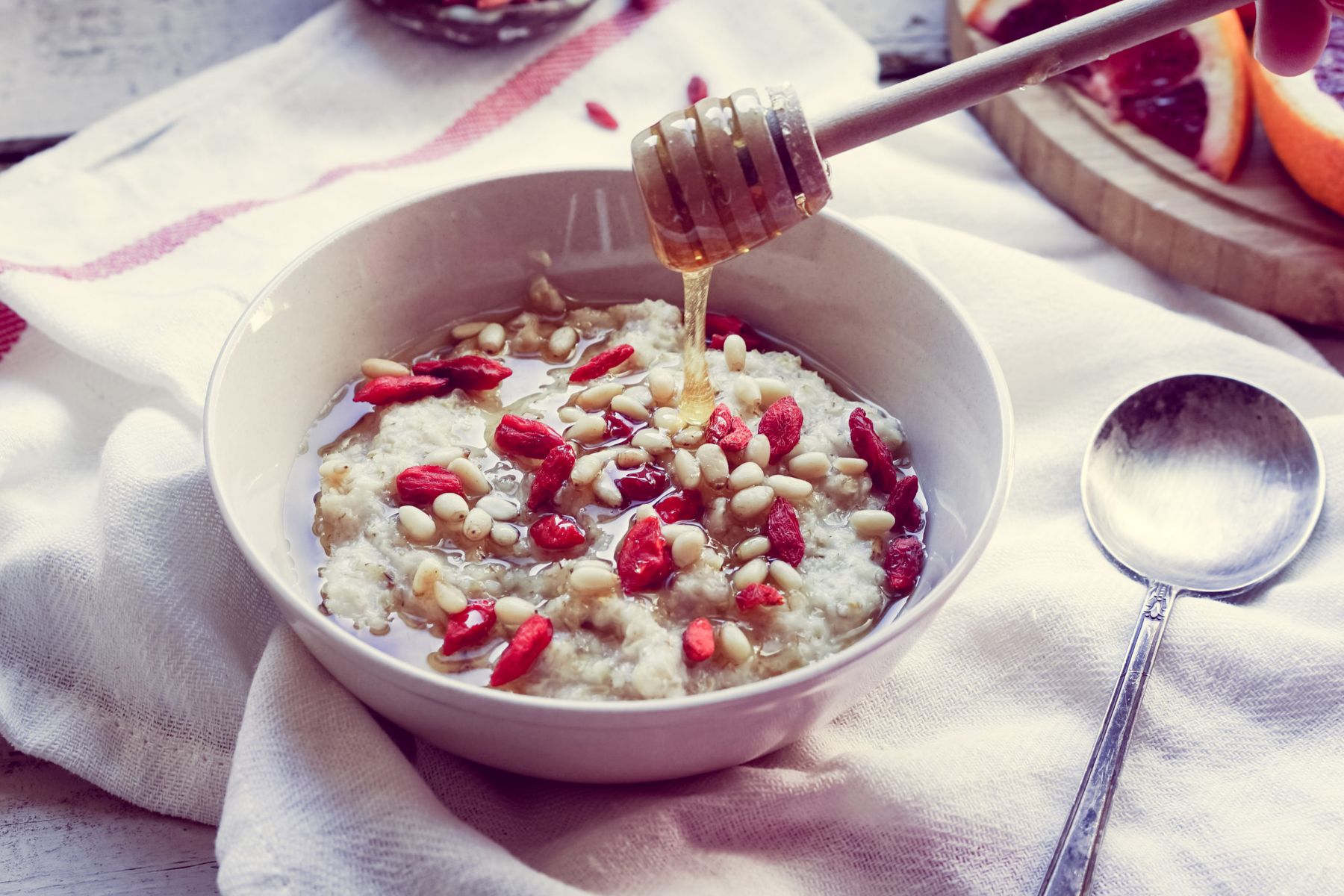Discovering the Delights of Stinging Nettle in Utah
Utah is home to a variety of wild plants and herbs, and one of the most intriguing is the stinging nettle. Despite its intimidating name, stinging nettle is a versatile and nutritious plant that can be enjoyed in a variety of culinary dishes. In this article, we will explore the benefits of stinging nettle and how to incorporate it into your diet in Utah.
Benefits of Stinging Nettle
Stinging nettle is a powerhouse of nutrients. It is rich in vitamins A, C, and K, as well as minerals such as iron, calcium, and magnesium. Additionally, stinging nettle contains high levels of protein and fiber, making it a valuable addition to any diet. This plant has been used for centuries in traditional medicine for its anti-inflammatory and diuretic properties, and it is also believed to support overall immune health.
Harvesting Stinging Nettle in Utah
Before incorporating stinging nettle into your meals, it’s important to know how to properly harvest it. Stinging nettle is abundant in Utah and can often be found in moist, shaded areas. When harvesting stinging nettle, be sure to wear gloves to protect your skin from the plant’s stinging hairs. Look for young, tender leaves at the top of the plant, as these are the most flavorful and nutritious.
Preparing Stinging Nettle for Consumption
Once you have harvested your stinging nettle, it’s time to prepare it for consumption. The stinging hairs on the plant can cause irritation if not properly handled, so it’s essential to blanch or cook the nettle before eating it. To do this, simply submerge the nettle leaves in boiling water for a few minutes, then transfer them to an ice bath to stop the cooking process. Once blanched, the stinging hairs are neutralized, and the nettle can be used in a variety of dishes.
Ways to Enjoy Stinging Nettle in Utah
Now that your stinging nettle is ready to eat, it’s time to get creative in the kitchen. Here are a few delicious ways to enjoy stinging nettle in Utah:
- Nettle Pesto: Blend blanched stinging nettle leaves with garlic, pine nuts, Parmesan cheese, and olive oil to create a vibrant and flavorful pesto. Serve it over pasta or spread it on crusty bread for a tasty snack.
- Nettle Soup: Combine blanched stinging nettle with onions, potatoes, and broth to make a nourishing and comforting soup. Season with herbs and spices for added flavor.
- Nettle Tea: Steep dried stinging nettle leaves in hot water to create a soothing and nutritious herbal tea. Add honey or lemon for a touch of sweetness.
- Nettle Quiche: Incorporate blanched stinging nettle into a savory quiche along with cheese, eggs, and other vegetables for a satisfying meal.
Exploring the Culinary Delights of Stinging Nettle
Stinging nettle is a versatile and nutritious ingredient that can elevate your culinary creations in Utah. Whether you forage for it in the wild or purchase it from a local market, incorporating stinging nettle into your diet can provide a unique and flavorful experience. With its abundance of nutrients and potential health benefits, stinging nettle is a valuable addition to any Utahn’s menu.
So, the next time you come across stinging nettle in Utah, don’t be deterred by its prickly reputation. Embrace this wild plant and savor the culinary delights it has to offer.
